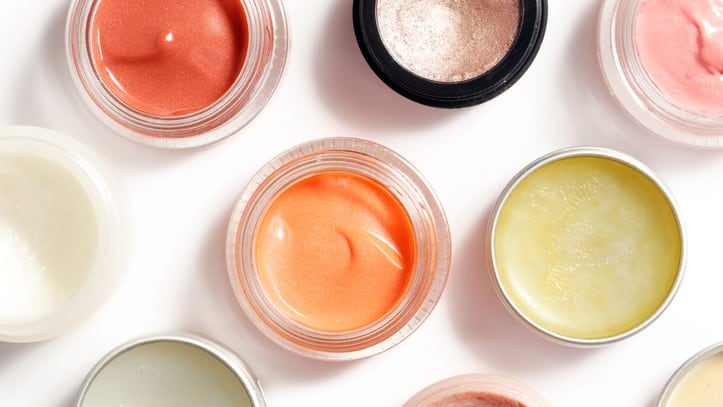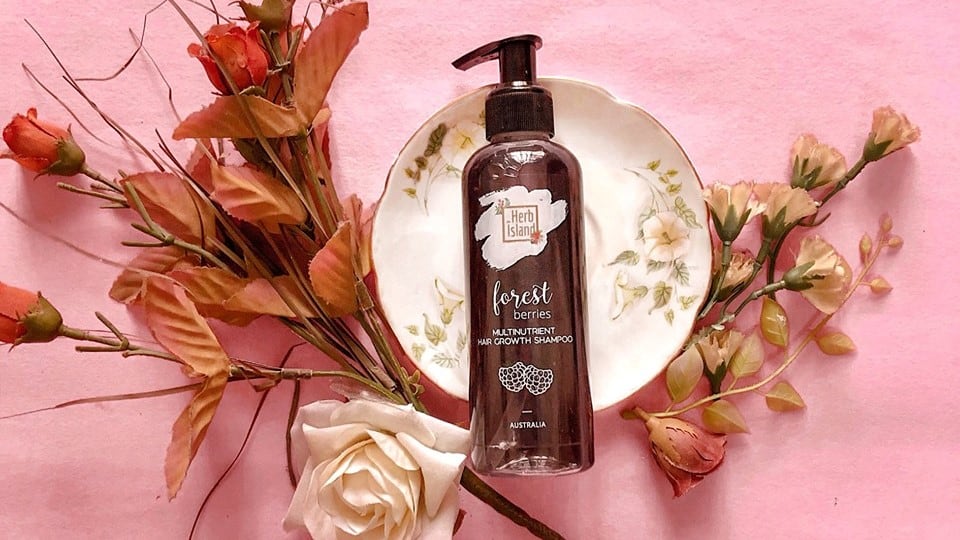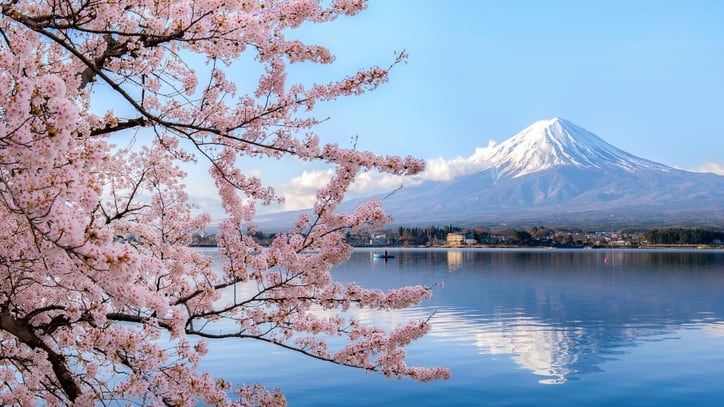The climate in the warm equatorial region Asia differs greatly from the temperate North Asian countries and this results in varying preferences in terms of texture.
“In South East Asia, where it is warmer and more humid, consumers look for gel-type textures with fast-absorption rates. In the north, where there are four seasons, consumers may opt for cream textures to protect skin from drier weather,” explained Frederica Lam, regional marketing manager APAC, Lucas Meyer Cosmetics.
Lam believes cosmetic companies need to do more to better understand consumer preference and the different regions in Asia.
“I think we are still at the beginning, taking small steps towards better understanding exactly what textures the consumer wants in reference to their environment.”
For instance, there are subtle differences among countries within SEA.
“Even though they are both South East Asian countries, Indonesia and Vietnam have different weather patterns. Indonesia has a wetter climate while Vietnam has distinct wet and dry seasons.”
These differences manifest in consumers’ texture preferences. Lam has observed more product launches in Indonesia with gel textures and fast absorption claims, while there are more cream products in the Vietnam market.
Lam believes cosmetic companies are starting to catch on to such nuances. “We are seeing more companies tap into their understanding of consumer needs in terms of texture preference. We’re seeing it in smaller brands and bigger ones. There’s a good mix.”
Bespoke studies, versatile ingredients
As consumers become increasingly knowledgeable, Lam noted that it was becoming increasingly important to perform more targeted clinical tests.
For instance, Lucas Meyer Cosmetics has carried out studies on Chinese subjects for one of its functional ingredients, Biophilic H.
“Today, consumers understand their skin even better than before. When they see that a product has been testing on a particular type of skin or in a particular climate, they will be more willing to give it a try,” she said.
In order to help companies create bespoke products for different consumer groups, Lam said, it was important to create versatile functional ingredients.
“For example, with Biophilic H, formulators can create rich creams or more fluid lotions. This allows companies to have different kind of products that cater to different regions.”
Additionally, with a versatile ingredient, companies can easily tweak the formulation of a single product for each market. “That can be one area that brands can look into if they want their product to resonate with consumers from different regions.”
Texture trends
Moving forward, Lam believes the industry will continue to see more transforming textures in the market, especially in North Asia.
“Transforming textures don’t just inform, they are also fun and interactive. That fun factor is a big factor when it comes to millennials who want to show off beauty products on Instagram as well.”
In SEA countries such as Thailand increasing pollution and warmer weathers may drive consumers to look for more minimalistic products, both in terms of texture and ingredients.
Lam said: “With things like pollution, consumers will become more careful when it comes to ingredients. This minimalism factors into texture and skin-feel; consumers won’t want something that’s too thick and overwhelming for their skin.”





